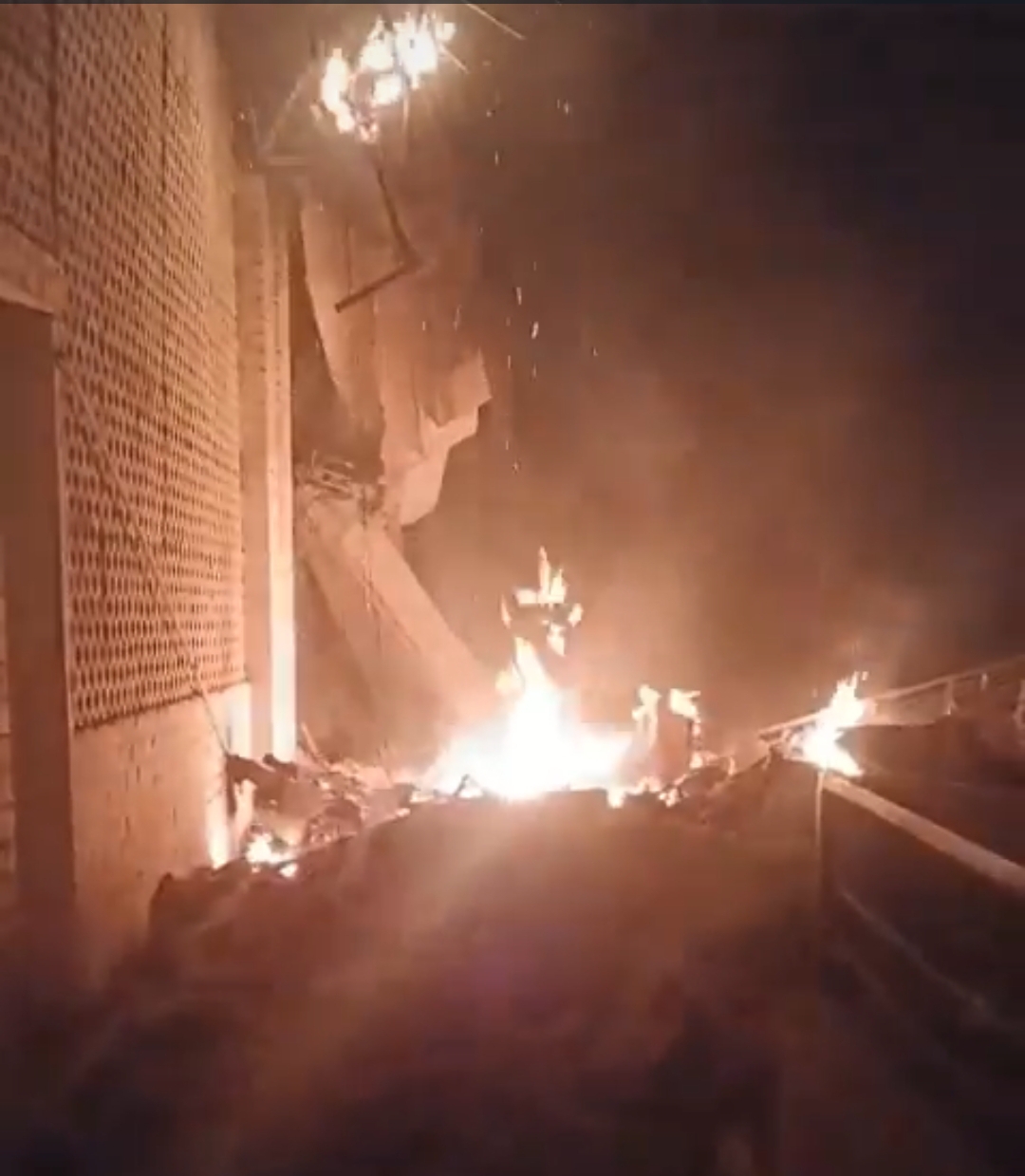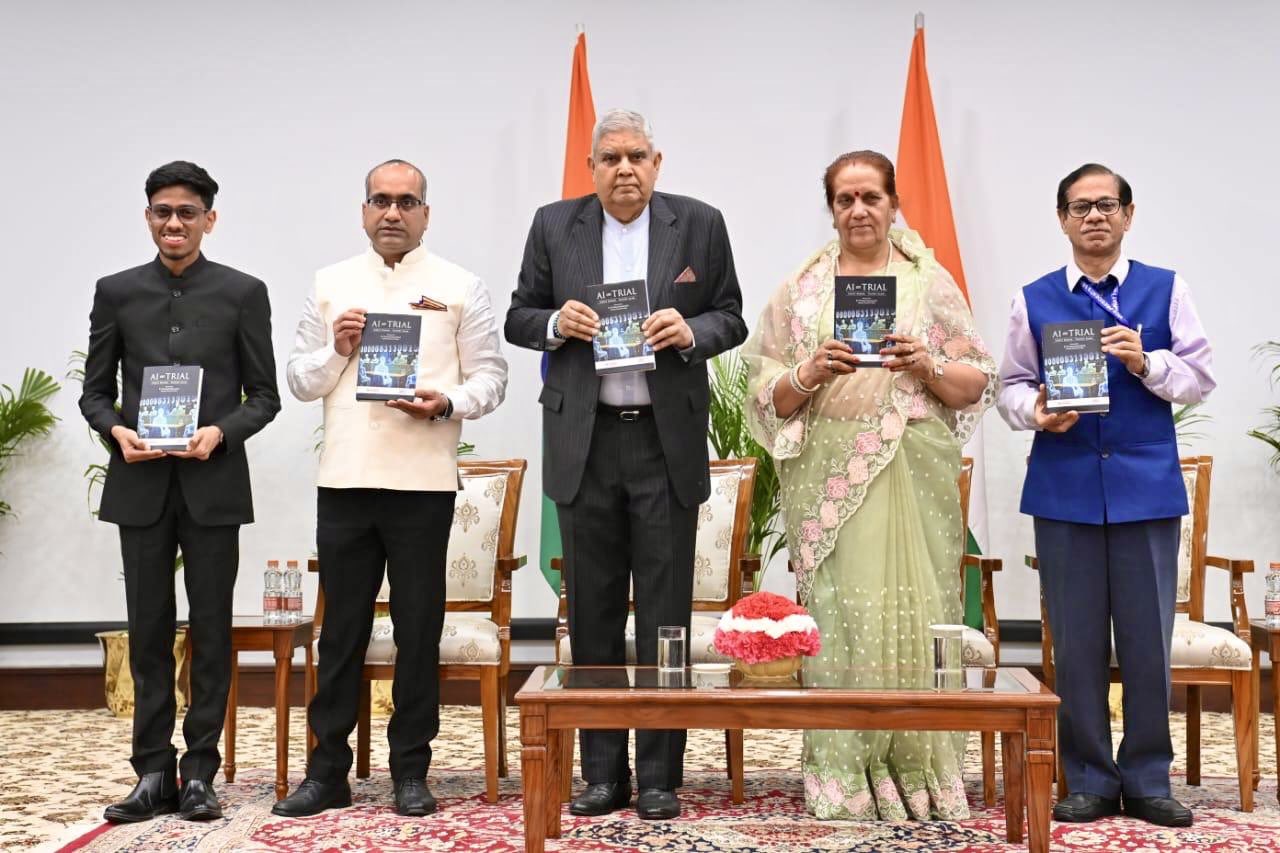India Takes Proactive Steps to Protect Cultural Heritage Sites from Climate Change Impact.
New Delhi:
In a bid to safeguard India’s cultural heritage amidst growing climate challenges, the Archaeological Survey of India (ASI) has implemented a series of innovative measures designed to monitor and preserve historical monuments across the country. As climate change continues to pose a threat to the integrity of these sites, the government has introduced climate-resilient solutions aimed at minimizing damage and ensuring long-term conservation.
One of the significant initiatives in this regard is the collaboration between ASI and the Indian Space Research Organisation (ISRO). Together, they have deployed Automated Weather Stations (AWS) at various historical monuments to monitor critical environmental factors such as wind speed, rainfall, atmospheric pressure, and temperature fluctuations. These stations play a vital role in detecting early signs of degradation or damage linked to climatic changes.
In addition to weather monitoring, the ASI has also set up Air Pollution Laboratories at key locations, including the Taj Mahal in Agra and the Bibi ka Maqbara in Aurangabad, to assess the impact of air pollution on these iconic structures. These laboratories focus on monitoring suspended particulate matter and other ambient pollutants that may accelerate the deterioration of the monuments.
To further strengthen efforts in cultural heritage preservation, ASI regularly engages in collaborative meetings with various government agencies. These sessions are focused on developing and implementing effective strategies to protect cultural sites from climate-related risks.
ASI officials recently participated in an International Consultative Workshop on ‘Disaster Management of Cultural Heritage Sites,’ organized by the National Disaster Management Authority (NDMA) in partnership with UNESCO. This workshop underscored the importance of creating comprehensive disaster management plans tailored to heritage sites, including risk assessment, mitigation strategies, emergency response measures, and post-disaster recovery protocols.
Additionally, in collaboration with ASI, the NDMA has crafted the ‘National Disaster Management Guidelines for Cultural Heritage Sites and Precincts.’ This framework is designed to ensure that heritage sites are not only preserved but also resilient to natural disasters and climate change-induced threats.
The Union Minister for Culture and Tourism, Gajendra Singh Shekhawat, shared this crucial information in a written reply in the Rajya Sabha today, reaffirming the government’s commitment to protecting India’s rich cultural legacy against the growing impacts of climate change.



